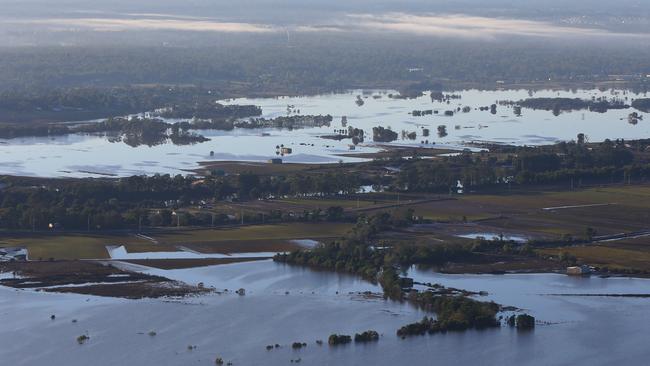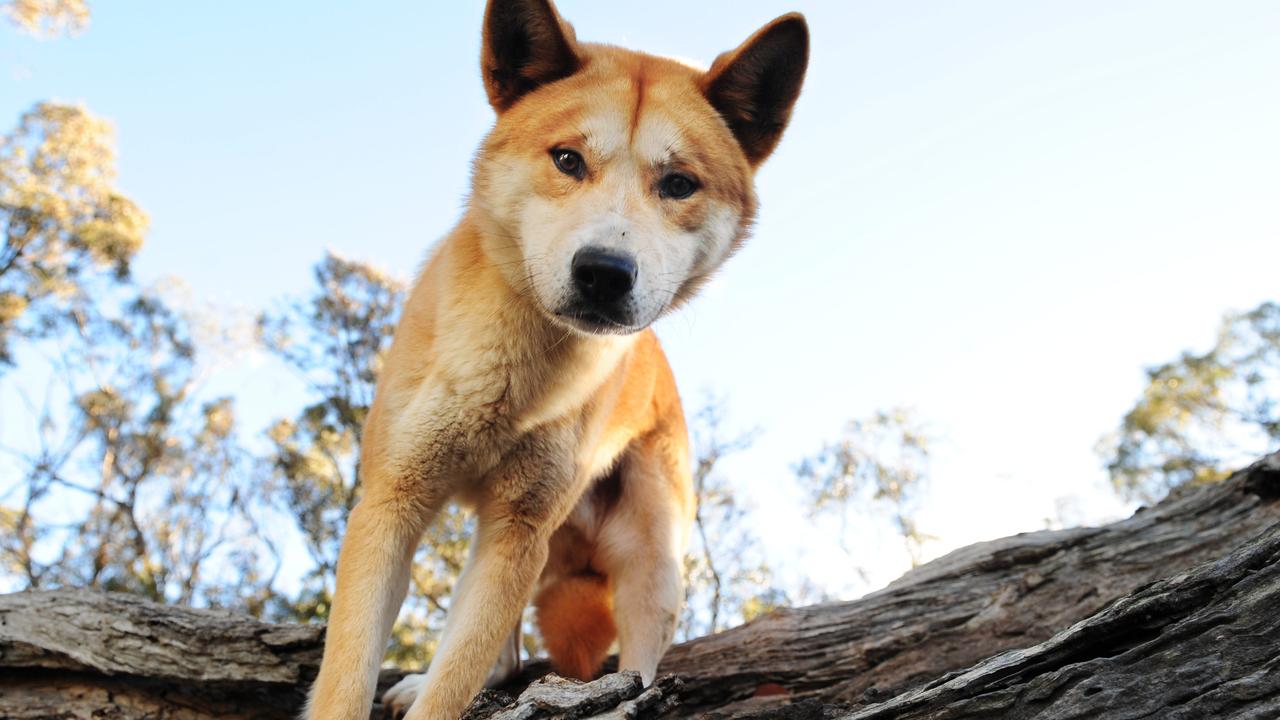Heavy northern rain to boost crop, livestock returns
A post-flood bonanza along the eastern seaboard is expected, with cattle returns already soaring to new highs and NSW grain growers in the box seat.

GRAIN growers and livestock producers along the eastern seaboard are facing a post-flood bonanza after heavy rain in NSW and southern Queensland and a good soaking in Victoria in the past fortnight.
The deluge has already pushed cattle prices to new highs. The Eastern States Young Cattle Indicator hit a record 896.5c/kg on Monday and, according to Meat and Livestock Australia, there is “every chance” the EYCI could jump into the 900c/kg territory this week.
This beats the previous record of 888.25c/kg set in January.
The young cattle indicator jumped 33c/kg in just a week following the east coast rain, MLA analyst Stuart Bull said.
“It is a combination of the floods and the logistical issues around different transport routes, but also there has been widespread rain in Queensland, and that area has not seen much rain,” he said.
“So that will really put pressure on supply.
“This type of rain leads to high stock retention rates and then high demand on young stock.”
Prices in southern Queensland saleyards were the biggest driver of the EYCI last week, he said, but “this week will be the big one” in terms of how high prices could go, combined with the Easter recesses.
Prices for young cattle surged at southern saleyards this week amid tight supplies and the pressure of looming market disruptions from Easter. Gains of 10c-20c/kg liveweight were recorded for top quality vealers and tradeweight steers and heifers in Victoria on Monday.
Meanwhile, much of western NSW had been struggling with the tail-end of a years-long drought until the past fortnight of heavy rain, setting up grain growers for a bumper season.
Mungindi grain grower Sam Heagney said he had about 160mm of rain last week over just two days. “That alone really topped up our soil moisture profile,” Mr Heagney said.
“But then a flood came and absolutely filled up our profile.
“So at the moment, most of our paddocks are under water, but it is great timing as long as that water gets off paddocks.
“We won’t need much more in crop rain,” he said.
Although the season was not set in stone, at present, Mr Heagney said it looked like he would get average yields.
“If all this water subsides and we don’t get too much rain between now and planting, you couldn’t get a better start,” he said.
For grain grower Tom Greentree, Mungindi, he couldn’t ask for a better result from the rain event. “In the past week we had 122mm of rain, but previous to that we had 75mm,” Mr Greentree said.
“We had a lot, and a lot (of crops) east of us had 210mm to 200mm in 24 hours, instead of it being an inch here, there and everywhere.
“It’s absolutely ideal for our farming, having a full profile at a great time of the year, we will be able to step straight into planting.”
Mr Greentree said the main issue now would be how long it would take for crops to dry out.
“But if anything a flood over your country is perfect really — we are guaranteed a crop and another one after it,” he said.
Logan Argi Services Simon Logan, Walgett NSW, said the rain would guarantee producers a growing season.
“In the last 10 to 14 days we have had anything from 100mm to 200mm depending where you are in the district,” Mr Logan said. “In general, it has been absolutely fantastic.
“It has turned our season around, I mean about a month ago we were wondering if we were going to be planting or not in some instances, but now it has guaranteed a growing season for sure.
“Confidence is up but we never say we have got it in the bag until we see the header or grain in the silo.”
While the recent rainfall is mainly good news for the livestock and grain sectors, it's a mixed picture for dairy.
Dairy Australia’s regional services general manager Verity Ingham said 150 to 200 farms had been affected “in some capacity, with around 25 farms having their operations severely impacted”.
She said dairy organisations were playing a co-ordination role in the emergency response.
“We will also provide emergency recovery support for affected farms over coming months,” Ms Ingham said.
“Our initial estimate is that the floods may impact up to 1-2 per cent of annual milk production in NSW — which is around 0.1 per cent of national annual production — although this is subject to more information about the level of damage on affected farms and how quickly they can return to milking.”
NSW Farmers president James Jackson said primary producers in some of the flood-ravaged regions were experiencing “disaster fatigue” having dealt with bushfires and coronavirus restrictions in a 16-month period.
However, Mr Jackson told The Weekly Times that the previously parched western half of the state was now set up for a bumper season. “The closer you get to the coast, the more we have farmers dealing with the flood clean up,” Mr Jackson said. “The oyster sector have been absolutely smashed by the floods — their infrastructure will take a long time to get back to where it once was. A number of dairy farmers have also been hit — you would have seen the extraordinary footage of cows on higher ground, even on a lawn bowls green near Port Macquarie.


